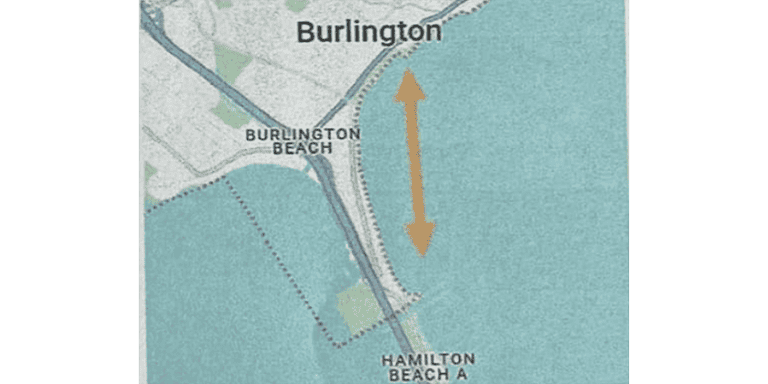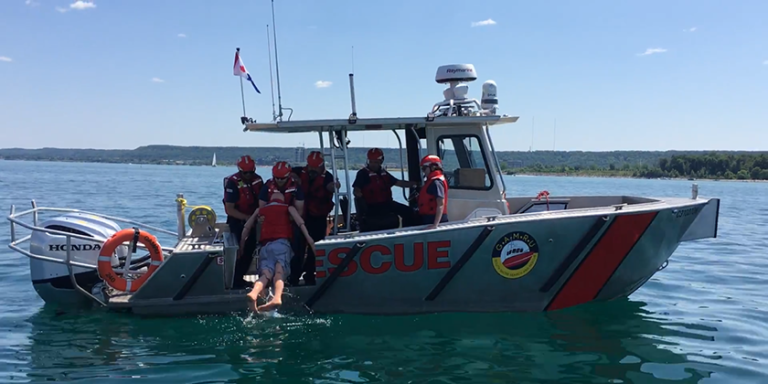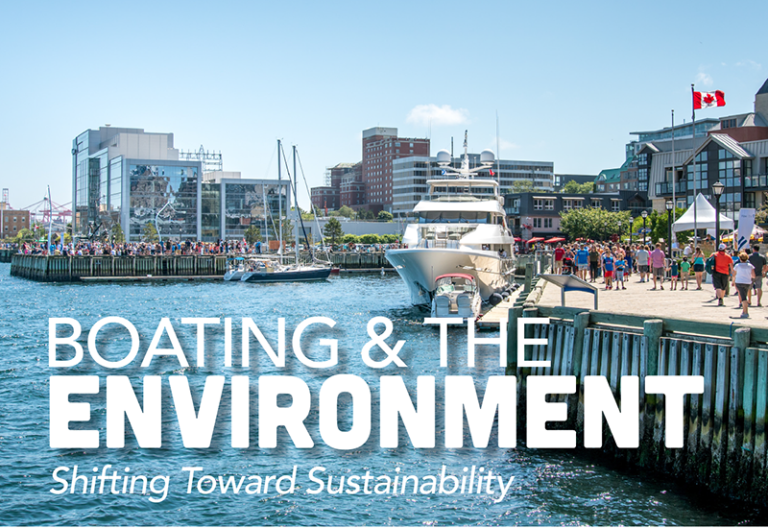Lake Ontario Water Levels: low, but rising.

Apr 22, 2021
As anyone who has been near a familiar – to them – part of the lakeshore can attest, water levels are pretty low. While there seems to be no fear of flooding like in past years, some deep-draft yachts are reportedly currently unable to launch at some facilities due to the low levels. The U.S. Army Corp of Engineers tracks water levels on the Great Lakes and reports on them weekly As of April 2, 2021 levels are two to three inches higher than a month ago, but 27 inches lower than a year ago!
Water levels are expected to rise six inches on Lake Ontario by May 2, 2021, as levels in Lake Ontario are expected to rise at a faster rate than normal during April. Still, keep an eye on that depth sounder!
IJC statement
According to the International Joint Commission’s press release, lower than average precipitation and winter snowpack runoff have resulted in decreased inflows to Lake Ontario. The reduced inflows have resulted in lower water levels on Lake Ontario and the St. Lawrence River.
In response to these conditions, the Board has decided to reduce outflows from Lake Ontario beginning on 10 April 2021.
During January and February this year, the Board was deviating under authority granted by the International Joint Commission (IJC) to remove additional water from Lake Ontario as a result of the risk analysis in December 2020 showing approximately a 28% chance of water levels exceeding a damaging high water threshold in 2021. A total of 9.4 cm (3.7 in.) was removed from Lake Ontario to further reduce the risk of potentially damaging high water levels in late spring and early summer.
Due to the reduced spring runoff, the Board has decided to reduce outflows below those specified by the plan to restore the extra water removed during the winter to Lake Ontario at a rate of approximately 2 cm (0.8 in) of water to Lake Ontario per week for the next three weeks. After these 3 weeks, the Board will revert to plan-prescribed outflows.
This strategy will allow Lake Ontario and Lake St. Lawrence water levels to increase more than they would under plan-prescribed flows over the next few weeks. It now appears likely that Lake Ontario levels will remain below long-term average over the summer unless very wet weather occurs. Most forecast scenarios suggest that Lake Ontario levels will remain above critical low water level thresholds due to lower than average precipitation. Under this strategy, water levels in Lake St. Lawrence will experience short term increases as a result of its position as forebay of the Moses-Saunders Dam. However most forecast scenarios indicate dry conditions that will likely result in significantly below average Lake St. Lawrence levels this spring and summer.
This strategy is expected to have negligible impacts at Lake St. Louis near Montreal compared with the other strategies considered. Lake St. Louis levels may be up to 10 cm lower than they would be under plan-prescribed flows for the next few weeks. However, most forecast scenarios suggest that Lake St. Louis levels will remain above critical low-level thresholds for the spring and summer.
The Board will continue to monitor conditions closely through the summer. Should dry conditions persist, the Board will meet again regularly to discuss potential actions to adjust outflows.
Information on hydrologic conditions, water levels and outflows, including graphics and photos, are available on the Board’s website and posted to the Board’s Facebook page at
https://www.facebook.com/InternationalLakeOntarioStLawrenceRiverBoard (English), and more detailed information is available on its website at https://www.ijc.org/en/loslrb.
 US Army Corps of Engineers March 2021 Great Lakes Water Level Summary
US Army Corps of Engineers March 2021 Great Lakes Water Level Summary
LAKE SUPERIOR
Lake Superior continued its seasonal decline in March, falling about 2 inches to a level of 601.77 feet. The March mean level was 7 inches above its long‐term average (LTA) level and 6 inches below its March 2020 level. Water supplies and precipitation to Lake Superior were near average in the month of March. The recent six‐month forecast predicts Lake Superior to begin its seasonal rise in April. Water levels are forecast to remain 6 to 7 inches above LTA levels throughout the forecast period. Additionally, Lake Superior’s water levels are predicted to be 4 to 6 inches below last year’s levels and 7 to 9 inches below record high levels from April to September.
LAKE MICHIGAN‐HURON
Lake Michigan‐Huron continued its seasonal decline from February to March, falling 2 inches to a level of 580.54 feet. The March mean level was 25 inches above the LTA level and 11 inches below its record high March level set in 2020. Lake Michigan‐Huron experienced slightly below average net basin supplies during March likely due to below average precipitation and runoff. The April monthly bulletin predicts Lake Michigan‐ Huron will begin its seasonal rise in April. Water levels are forecast to be 12 to 13 inches below last year’s record high levels through August. The lake will also remain 20 to 24 inches above LTA levels from April to September.
LAKE ST. CLAIR
Lake St. Clair increased nearly 3 inches from February to March to a level of 575.92 feet. The March monthly mean level was 24 inches above its monthly LTA level and 11 inches below last year’s level. The latest 6‐month forecast indicates the lake will continue its seasonal rise this month. Water levels are forecast to be 13 to 15 inches below the record-high levels over the next 6 months, most of which were set last year, except in July. Also, Lake St. Clair is forecasted to be 17 to 20 inches above its LTA levels over the next 6 months.
LAKE ERIE
Lake Erie rose just a half an inch from February to March to a level of 572.77 feet after receiving less than average precipitation. The water supply for Lake Erie was well below average in March, which contributed to the minimal rise in water level. The March monthly mean level was 19 inches above its LTA March level and 15 inches below the record high from last year. The 6‐month forecast projects Lake Erie to continue its seasonal rise this month. Water levels are forecast to be below record high levels, which were set from April to September in either 2020 or 2019, by 12 to 16 inches. In addition, Lake Erie’s levels from April to September are expected to be 15 to 17 inches above monthly LTA levels.
LAKE ONTARIO
The level of Lake Ontario declined from February to March by about 2 inches to a level of 244.39 feet. The March mean level was 8 inches below the March LTA level and 27 inches below last year’s level. Lake Ontario received below average water supplies and precipitation in March. From April to September, the lake is predicted to be 7 to 28 inches below last year’s levels. Additionally, the lake is forecast to be 4 to 11 inches below LTA levels from April to September.





























